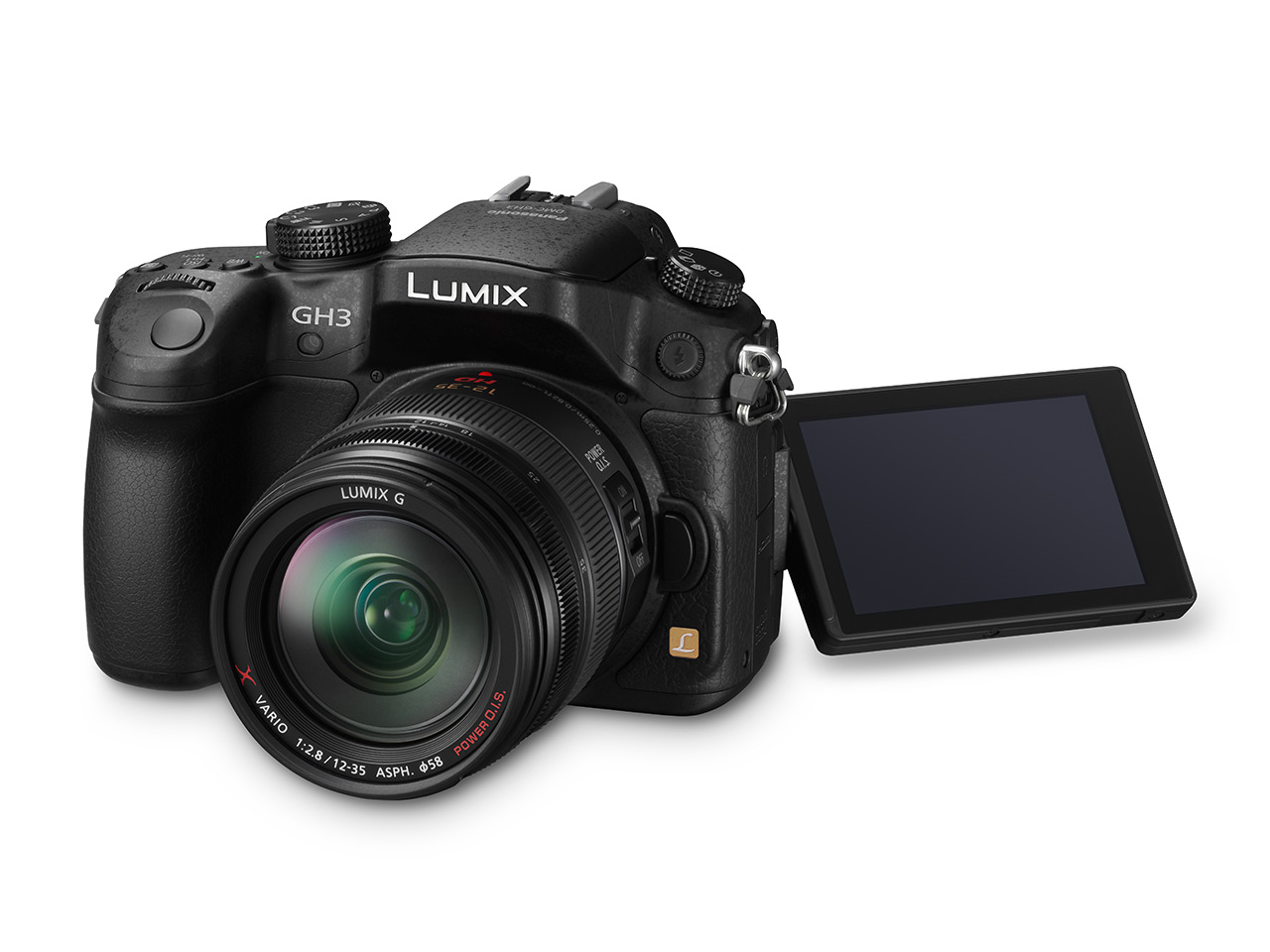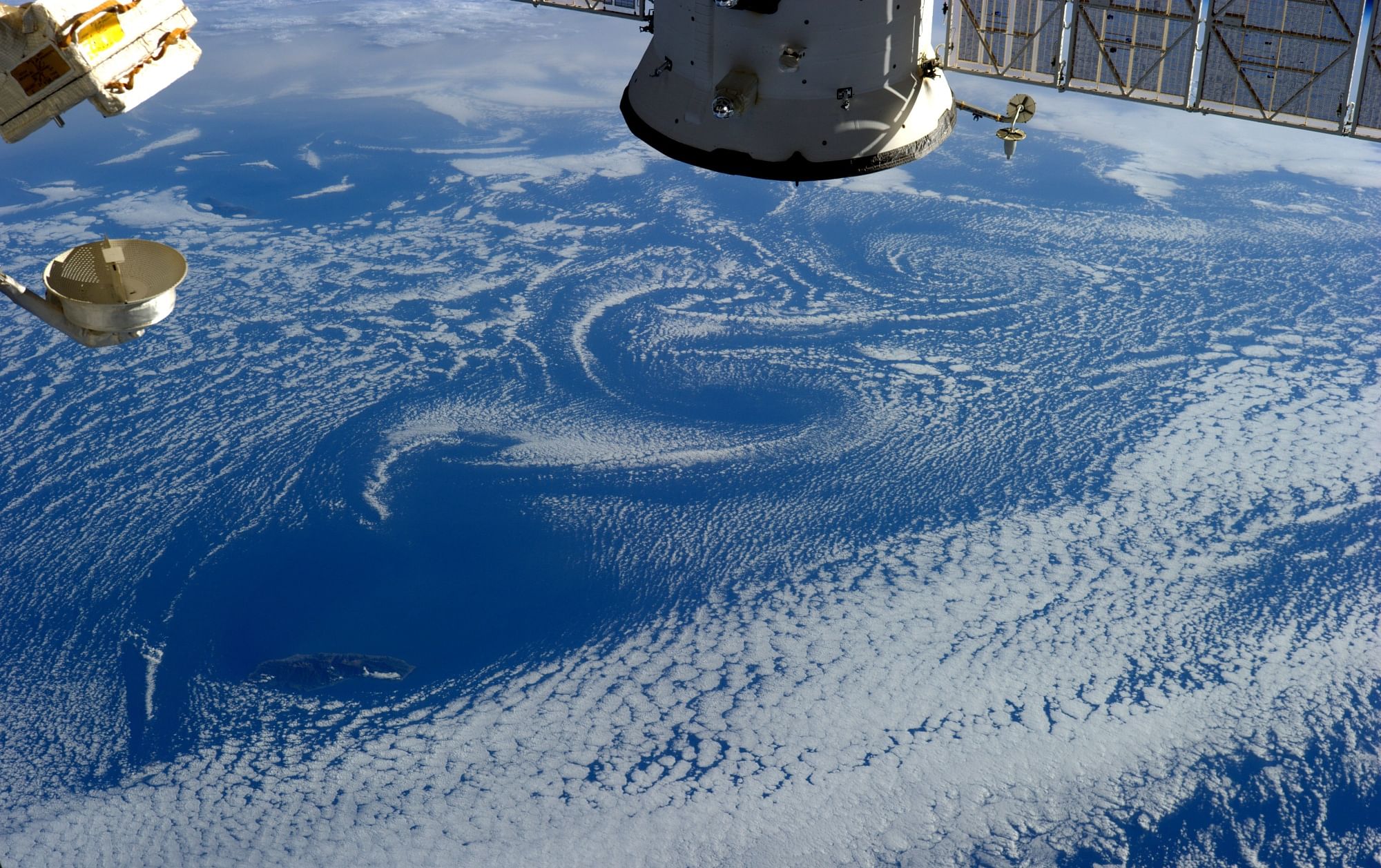- Select a language for the TTS:
- UK English Female
- UK English Male
- US English Female
- US English Male
- Australian Female
- Australian Male
- Language selected: (auto detect) - EN
Play all audios:
IN the last number of the Journal of Economic Biology (vol. v., pp. 9-17) Mr. W. E. Collinge gives some interesting notes on the form of the egg of the horse botfly (Gastrophilus equi), its
attachment to the horse's hair, and the method of its hatching. The narrow end of the subconical egg is not simply glued to the hair; it clasps the hair by means of a pair of ridges or lips,
so that the area of attachment is like that of the ox warble-fly (Hypoderma bovis), only less specialised. With regard to the mode of hatching, Mr. Collinge's observations and experiments
confirm, in the main, the statements of Bracy Clark and Osborn. He found that the eggs were most readily induced to hatch, by the application of moisture, from sixteen to twenty days after
hatching; none could be induced to hatch after thirty-six days.
Anyone you share the following link with will be able to read this content:







